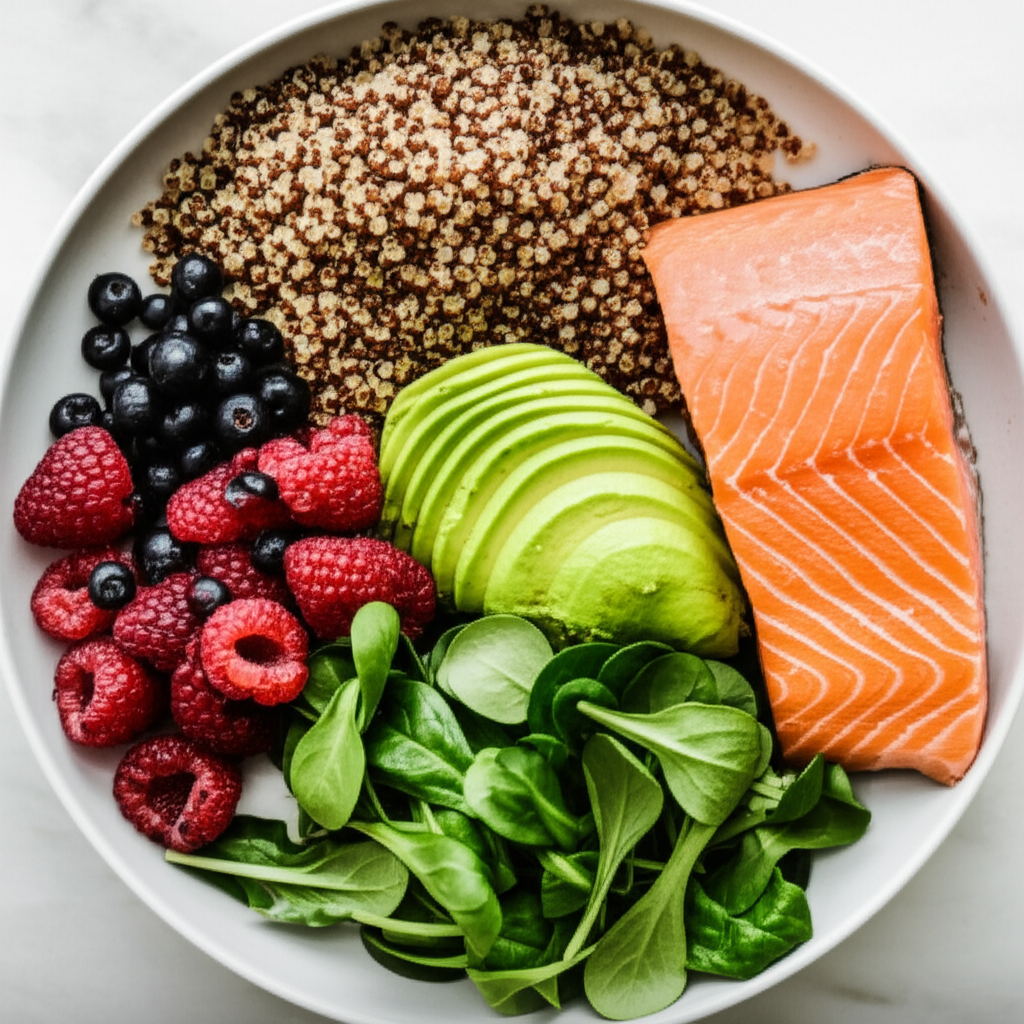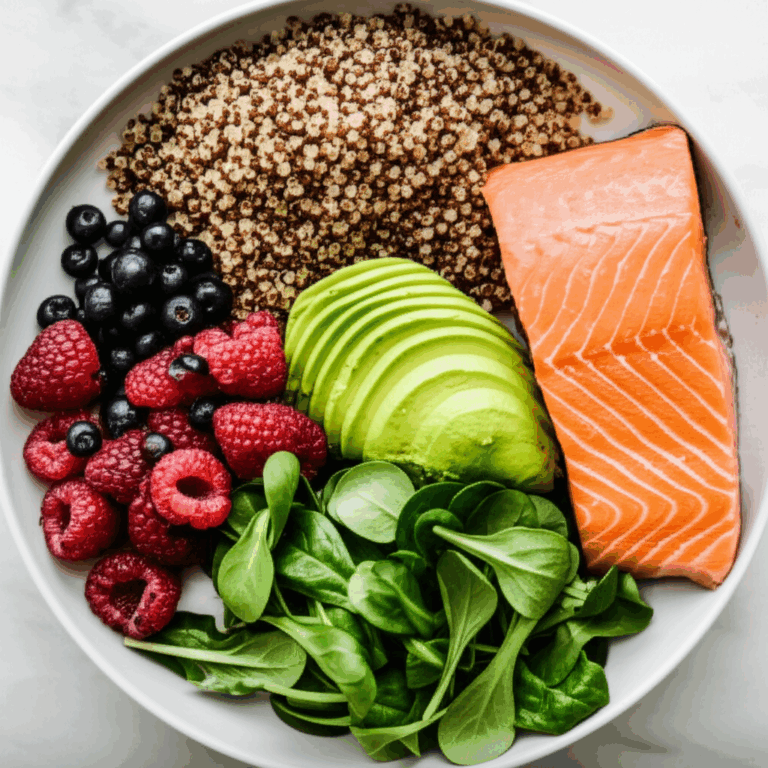At 37, cricket icon Virat Kohli continues to defy the conventional timeline of athletic decline, maintaining a physique and on-field intensity that rivals athletes much younger. His sustained excellence is not merely a stroke of luck but the direct result of an incredibly disciplined lifestyle, meticulously crafted around a balanced, nutrient-rich diet and a steady, rigorous daily routine. Kohli’s journey is a testament to the profound impact of intentional nutrition and consistent training on long-term athletic prowess and overall well-being.

The Dietary Transformation: Fueling Peak Performance
Virat Kohli’s approach to food has undergone a significant evolution, shifting from a diet that once included a good amount of meat to a predominantly plant-based, minimalist eating style. This transformation was largely prompted by a health scare in 2018, where he experienced severe acidity, high uric acid levels, and low bone calcium, leading him to rethink his nutritional strategy.
A Shift Towards Plant-Based Power
Once a self-confessed “heavy meat eater,” Kohli made a pivotal decision to reduce meat consumption and adopt a largely plant-based diet. While he clarifies that he isn’t entirely vegan and still includes some dairy products in moderation, his focus has firmly shifted to plant-derived nutrients. This change was instrumental in reducing uric acid levels, improving overall well-being, boosting energy, and reducing inflammation—factors crucial for an elite athlete. His plant-based approach provides protein-rich foods such as lentils, chickpeas, and rajma, keeping him energized without the burden of animal fats.
Simplicity and Nutrient Density
Kohli’s diet is renowned for its simplicity, effectiveness, and consistency, prioritizing nutrition over taste. He has eliminated excessive elements like deep-fried items, heavy curries, and strongly spiced dishes. Instead, approximately 90% of his meals are either steamed or boiled, seasoned minimally with salt, pepper, and lime. This focus on unprocessed, whole ingredients ensures his meals are nutrient-dense, easy on the digestive system, and free from unnecessary calories. Kohli has even stated he can eat the same meals three times a day for six months without losing interest, highlighting his commitment to consistency.
What’s on Kohli’s Plate?
His daily diet is rich in unprocessed foods, providing essential nutrients and antioxidants. Staples include lentils, legumes, fruits, vegetables, whole grains, and nuts. For protein, he relies on plant-based sources like tofu and quinoa, alongside occasional dairy. He particularly enjoys green vegetables such as spinach, kale, broccoli, and lettuce, which are high in fiber and essential nutrients, often incorporated into salads or stir-fries. Specific meals mentioned in his routine include warm water with lemon or green tea in the early morning, followed by a breakfast of omelets (typically 3-4 egg whites) with spinach and avocado on gluten-free bread, or sometimes papaya, dragon fruit, or watermelon as a mid-morning snack. His diet also includes traditional Punjabi dishes like rajma and lobia. Hydration is paramount, with Kohli drinking plenty of water, including natural spring water with a high pH value. He avoids high-sugar beverages, opting for only two cups of coffee which aid endurance and reduce muscle soreness.

The Rigorous Regimen: A Multifaceted Training Approach
Beyond diet, Kohli’s fitness is underpinned by a comprehensive and intense training regimen that targets strength, power, agility, and endurance. His workout routine is designed to meet the specific demands of cricket, focusing on functional strength that translates directly into on-field performance.
Strength, Power, and Endurance
Kohli dedicates significant effort to strength training, performing exercises with maximum intensity to build practical strength. His routine includes a mix of diverse compound and isolated movements that target major muscle groups.
- Compound Exercises: These are fundamental to his strength and conditioning, working multiple muscles simultaneously for better athletic performance and power development. Examples include deadlifts (he can reportedly deadlift 145kg), squats, lunges, and bench presses. These strengthen his legs, back, and chest, crucial for quick runs and sharp movements.
- Isolation Exercises: To shape particular muscles and correct imbalances, he incorporates exercises like bicep curls, tricep extensions, and shoulder raises.
Agility and Cardiovascular Prowess
Kohli’s routine extends beyond heavy lifting to include functional fitness, HIIT (High-Intensity Interval Training), and cardio to enhance speed, agility, and cardiovascular health.
- Functional Fitness: Exercises like kettlebell swings, TRX training, and resistance band work mimic on-field movements, improving overall athleticism.
- HIIT and Cardio: Short bursts of high-intensity workouts followed by brief recovery periods are excellent for boosting cardiovascular fitness, improving speed, agility, and burning fat. This includes sprint drills, agility ladder work, and battle rope exercises. He also engages in various cardio styles such as running, skipping, boxing, and elliptical training.
- Warm-up and Cool-down: Kohli never skips a warm-up, often starting with light exercises like jogging or cycling, and always includes a cool-down session with stretching after workouts.
Consistency is Key: Daily Dedication
Kohli usually dedicates 4 to 5 hours each day to his training, which includes gym sessions and cricket skills work. On average, his workout sessions last about 1 to 1.5 hours, and he trains 5-6 days a week, balancing intensity with recovery. His routine is highly structured, with specific days focusing on lower body strength (squats, lunges, deadlifts), upper body exercises (bench presses, pull-ups, dumbbell rows), and a mix of mobility and cardio (yoga, sprint sessions, stretching).

Beyond the Gym and Plate: Discipline and Recovery
Kohli’s sustained fitness is not just about what he eats and how he trains, but also his unwavering mental discipline and meticulous attention to recovery.
The Mental Game of Eating
Kohli emphasizes that diet is even more crucial than the hours spent in the gym. He views food as fuel to effectively run the body, rather than for indulgence. He admits that eating right is a “mental game,” where taste buds and cravings can either aid or hinder progress. This self-control is a cornerstone of his success, allowing him to resist frequent indulgences in fast or heavy foods, balancing them with disciplined workouts. Even with a soft spot for chole bhature, he restricts such indulgences to very rare occasions.
Prioritizing Rest and Recovery
Kohli understands that recovery is just as vital as training and nutrition. He prioritizes getting adequate sleep, aiming for 7-8 hours, and incorporates rest days into his schedule. Recovery techniques like cold showers and massages are also part of his routine to ensure his body is always ready to perform. Hydration with high-pH or alkaline water is also noted for its antioxidant properties and bone health benefits.

The ‘Ageless’ Secret: A Holistic Approach
Virat Kohli’s “ageless fitness” at 37 is not attributed to a single secret but rather a holistic, disciplined approach to life. His journey began with a realization around 2012 that maintaining his body was as important as honing his cricket skills. Since then, he has built a routine grounded in balanced nutrition, cardio, strength training, and an unwavering commitment to consistency. This dedication has not only improved his game but also set a new standard for fitness in cricket and serves as an inspiration for athletes and individuals worldwide. His emphasis on clean eating, regular workouts, ample recovery, and mental resilience forms the blueprint for sustaining peak physical and mental condition well into the late thirties and beyond.







